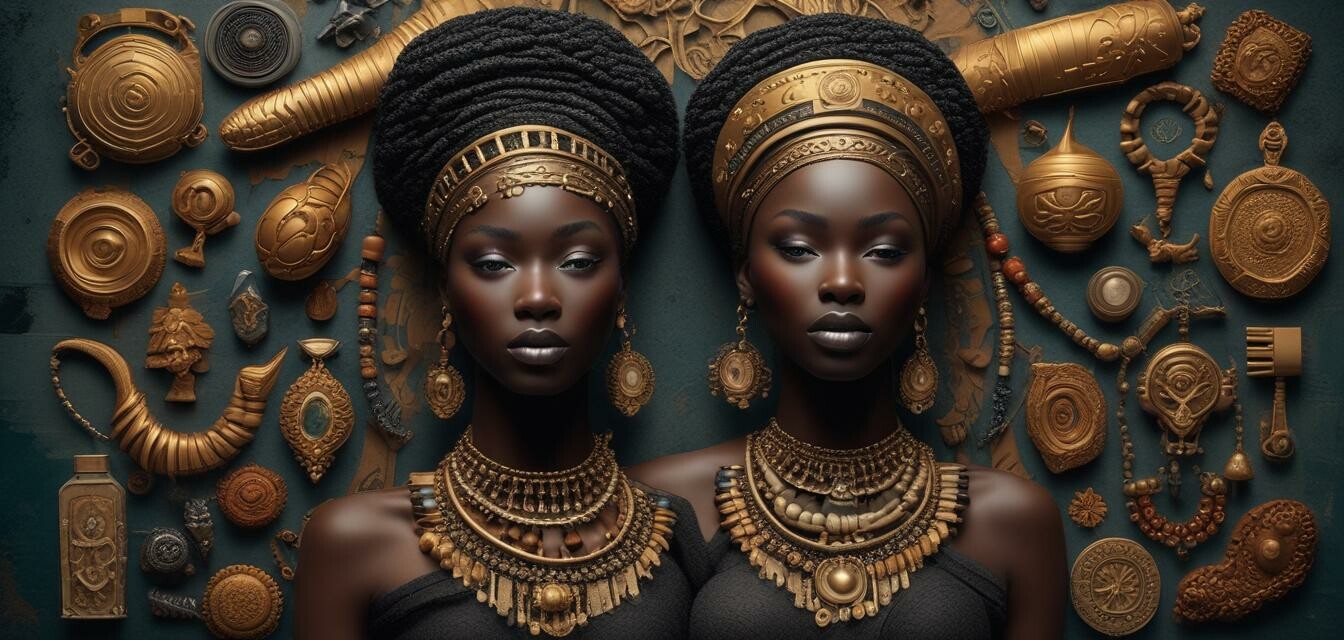
How history shapes modern Black beauty standards
Key Takeaways
- The historical evolution of Black beauty standards is influenced by cultural, social, and economic forces.
- Beauty practices of the past continue to inspire modern trends and personal expression.
- Interviews with historians and beauty experts reveal the depth of cultural significance in beauty standards.
Beauty is more than skin deep; it is an intricate tapestry woven from our history, culture, and personal experiences. In the context of Black beauty, this tapestry reveals the uniqueness of identity shaped by historical narratives. This article delves into how the echoes of the past resonate in contemporary Black beauty standards and practices, featuring insights from cultural historians and beauty experts.
The evolution of Black beauty standards
The impact of historical context
Throughout history, the standards of beauty within the Black community have been shaped by a variety of factors, including colonialism, the civil rights movement, and the ongoing fight for representation in media. Understanding these influences provides clarity on how beauty is perceived today.
Key historical milestones
| Year | Event | Influence on Beauty Standards |
|---|---|---|
| 1619 | First African slaves arrive in America | Introduction of Eurocentric beauty ideals. |
| 1960s | Civil Rights Movement | Emergence of natural hairstyles and embracing Afrocentric beauty. |
| 1990s | Increased representation in media | Shift towards diversity and acceptance of various beauty expressions. |
Interviews with cultural historians and beauty experts
Current perspectives on beauty
To provide deeper insights into how history influences modern Black beauty standards, we consulted several cultural historians and beauty experts. Their experiences have highlighted several key themes:
1. The connection between history and identity
Experts emphasize the importance of understanding one’s heritage as a source of empowerment. Recognizing the struggles and triumphs of ancestors can boost self-confidence and influence beauty choices.
2. The resurgence of cultural pride
Many experts note a recent resurgence of interest in traditional beauty practices, including natural hair care and culturally inspired skincare, showcasing a richer understanding of beauty that honors Black heritage.
Modern trends inspired by history
Today’s beauty products and practices often pay homage to the past, proving that history is an integral part of modern beauty. Below are some current trends traceable to their historical roots:
- Natural hair movements: Inspired by vintage hairstyles and cultural figures, emphasizing authenticity.
- Use of traditional ingredients: Incorporating natural oils and butters in skincare, echoing ancestral beauty practices.
- Rise of inclusive beauty brands: Starting to challenge Eurocentric beauty standards in favor of diversity.
Conclusion
History plays a pivotal role in shaping modern Black beauty standards. From the impact of past cultural movements to the embrace of heritage in contemporary practices, the journey of Black beauty continues to evolve. The stories and insights from cultural historians and beauty experts serve as a reminder that every beauty standard carries the weight of history.
Pros
- Empowers individuals by connecting them with their heritage.
- Encourages the acceptance of diverse beauty standards.
- Fosters a sense of community and shared experiences.
Cons
- Some may feel pressure to conform to historical beauty standards.
- Commercialization can dilute authentic cultural practices.
To explore more about Black beauty and personal care products that resonate with this culture, check out our sections on Body Care, Haircare, and Skincare.
Further reading and resources
For additional insights into how culture influences beauty practices, we encourage you to visit our Buying Guides and explore our News and Trends for the latest updates in Black beauty.